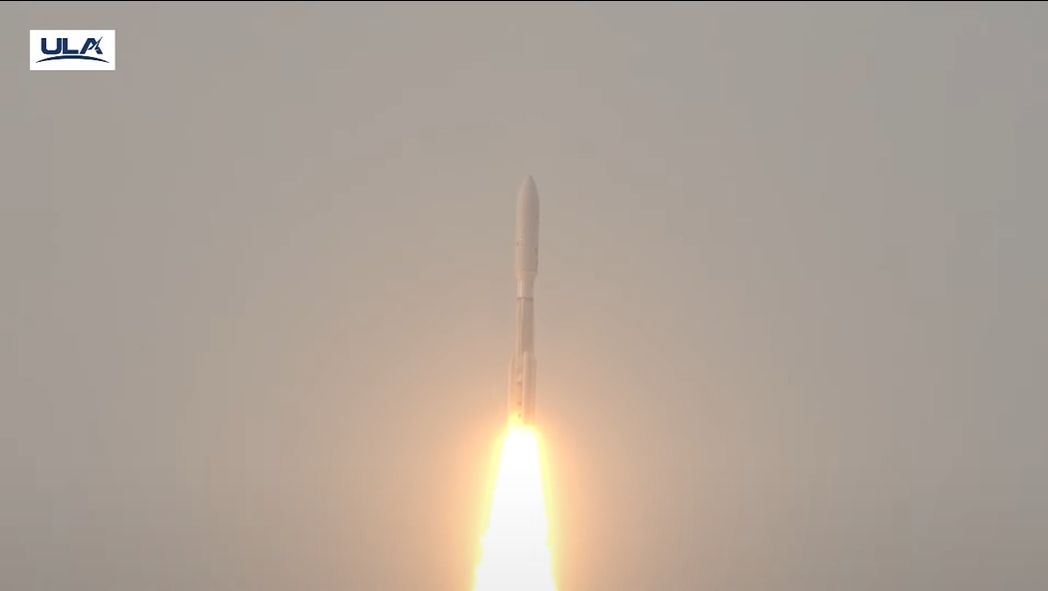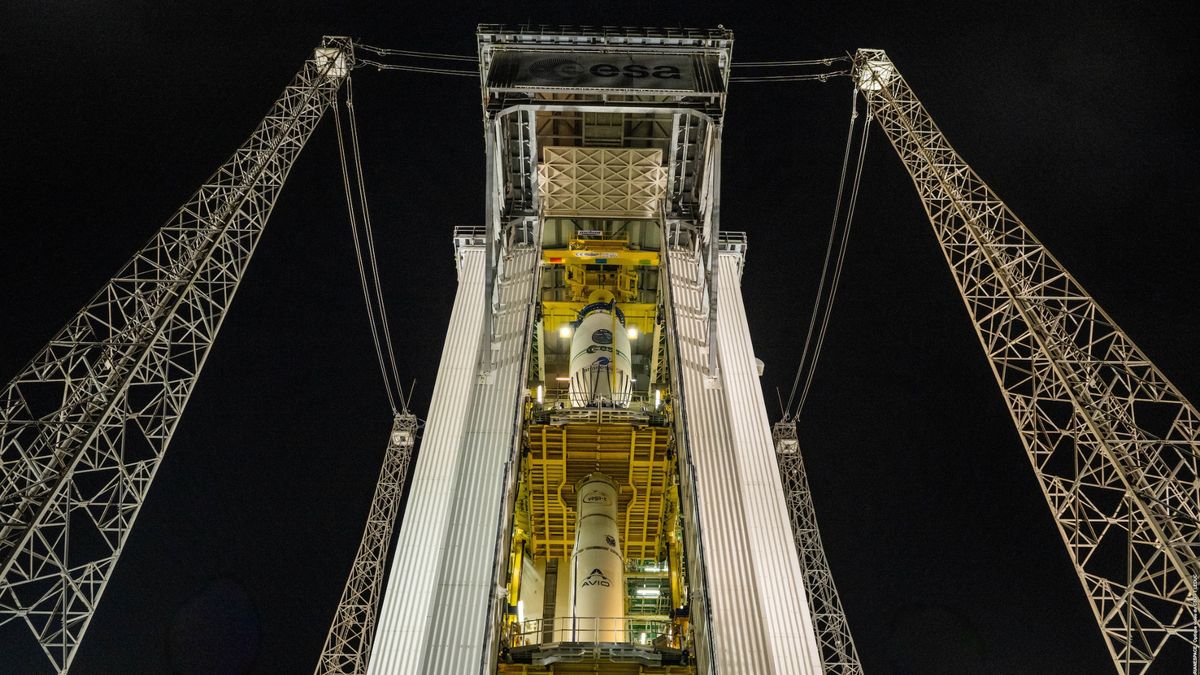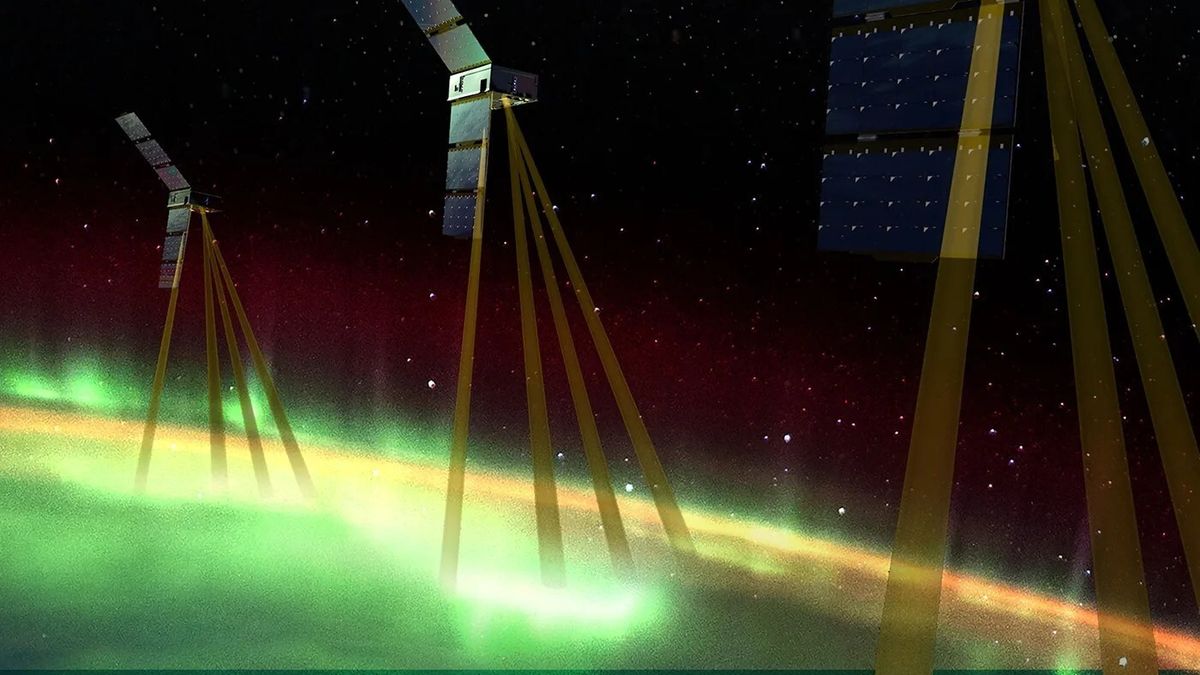Just two weeks after the Lyrids meteor shower, stargazers should get ready to see the peak of the Eta Aquarids meteor shower, which is expected to light up the sky the night of Monday, May 5, and the early morning of Tuesday, May 6. For anyone in the southern hemisphere, this is the chance to see up to 60 meteors fly by every hour.
Mark your calendars, because this will be the last major meteor shower for early 2025 until the Alpha Capricornids and the Southern Delta Aquarids overlap in late July.
What is a meteor shower?
Meteor showers happen when the Earth passes through the dust and ice debris or tail of a comet, according to NASA. Arguably the most famous and visible ones are the Perseids, which peak every August.
The Eta Aquarid meteors specifically come from comet 1P/Halley, aka Halley, one of the most famous comets. Each time Halley returns to the inner solar system, its debris results in the Eta Aquarids in May and the Orionids meteor shower in October. Halley itself takes 76 years to travel around the sun and will next be seen in Earth’s sky sometime in 2061.
What can I expect to see?
What sets the Eta Aquarids apart from other meteors is how quickly they travel. It’s an estimated 40.7 miles per second into the Earth’s atmosphere, which causes glowing “trains” in the wake of the meteor that can last for several minutes in the sky.
While Eta Aquarid meteors are active from April 19 to May 28, their peak is May 5 to May 6, according to the American Meteor Society. “Peak” means that about 50 meteors will be visible every hour compared with the usual rates of around 10 to 30 per hour.
What’s the best way to view the Eta Aquarids shower?
The Eta Aquarids are visible in both the northern and southern hemispheres during the early morning hours, although NASA says the southern hemisphere is a preferred location to see them more clearly since they’ll be higher up in the sky. In the northern hemisphere, the Eta Aquarids seemingly “skim the surface of the Earth at the horizon” for viewers.
NASA recommends that viewers find a location away from city lights and streetlights to see the Eta Aquarids. For the best view, lie flat on your back with your feet facing east. NASA says that after about half an hour of looking at the night sky, your eyes will adapt and you’ll likely be able to see the meteors.
.png)
 German (DE)
German (DE)  English (US)
English (US)  Spanish (ES)
Spanish (ES)  French (FR)
French (FR)  Hindi (IN)
Hindi (IN)  Italian (IT)
Italian (IT)  Russian (RU)
Russian (RU) 








Comments